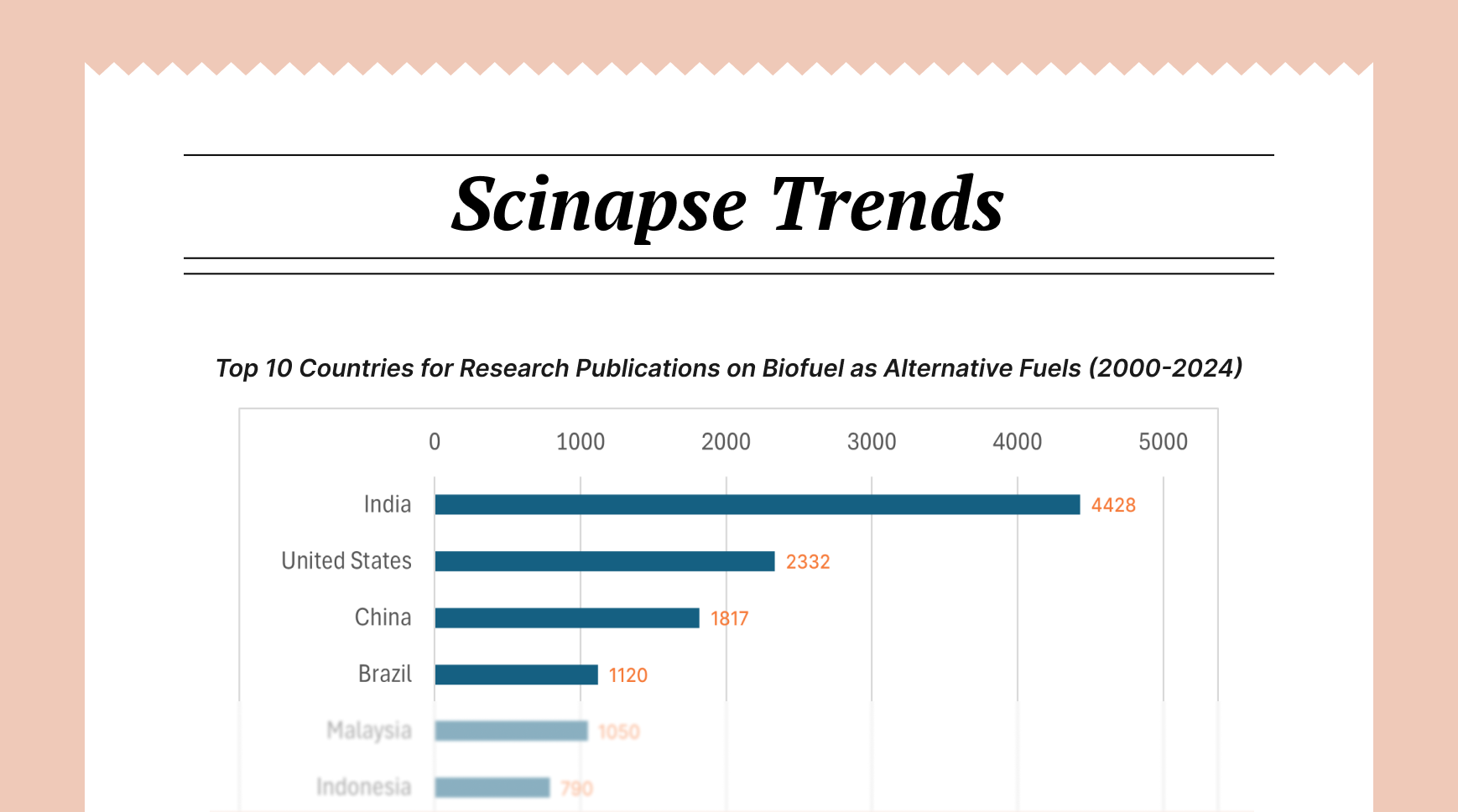How to Manage Large-Scale Literature Reviews With 100+ Relevant and Reliable Sources

The literature review lays the groundwork for your investigation, identifying gaps, establishing context, and informing your research questions. However, when the scope of your review expands to encompass over 100 sources, the process can quickly become daunting, feeling more like navigating a labyrinth than a systematic exploration. Without robust strategies, researchers can easily find themselves overwhelmed by the sheer volume of information, struggling to synthesize findings, identify key themes, and maintain a clear focus.

The challenges inherent in managing a literature review of this magnitude are manifold. Firstly, the sheer volume of material necessitates a highly organized system for storage, retrieval, and annotation. Simply amassing a collection of PDFs is insufficient; a structured approach is essential to avoid losing track of key findings and connections between sources. Secondly, synthesizing information from such a diverse range of studies requires sophisticated analytical skills to identify overarching themes, conflicting findings, and methodological trends. Thirdly, maintaining focus and avoiding scope creep becomes increasingly difficult as the number of sources grows, potentially leading to a protracted and unfocused review. Finally, staying abreast of the most recent and relevant research within a vast field demands efficient search and filtering mechanisms.
8 Best Approaches to Managing a Large Volume of Literature
To effectively manage a large-scale literature review, a multi-faceted approach is necessary, encompassing planning, organization, analysis, and synthesis.
1. Define and Refine Your Research Question
The cornerstone of any successful literature review, especially a large one, is a clearly defined and focused research question. A broad or ambiguous question will inevitably lead to an unmanageable number of sources. Take the time to meticulously articulate what you aim to understand through your review. Break down complex topics into smaller, more manageable sub-questions if necessary. Regularly revisit and refine your research question as your understanding of the literature evolves.
2. Develop a Comprehensive Search Strategy
With a clear research question in hand, the next step is to develop a systematic search strategy. Identify relevant keywords, synonyms, and related terms. Explore a variety of databases and search engines relevant to your field. Employ Boolean operators (AND, OR, NOT) to refine your search queries. Document your search terms and the databases you have searched to ensure reproducibility and avoid redundant efforts.
3. Implement a Robust Organization System
As you begin to accumulate sources, a well-organized system is paramount. Consider using citation management software like Zotero, Mendeley, or EndNote. These tools allow you to store, organize, annotate, and cite your sources efficiently. Develop a consistent tagging or coding system to categorize articles based on key themes, methodologies, or findings. This will be invaluable during the synthesis phase.
4. Employ Effective Screening and Selection Criteria
With potentially hundreds of search results, you need clear inclusion and exclusion criteria to determine which sources are relevant to your research question. These criteria might relate to publication date, study design, population, or specific outcomes. Develop a systematic screening process, perhaps starting with titles and abstracts, and then moving to full-text articles for those that meet the initial criteria. Document your reasons for including or excluding each source.
5. Master the Art of Note-Taking and Annotation
Simply reading hundreds of articles is not enough. Effective note-taking and annotation are crucial for extracting key information and identifying connections. Develop a consistent method for recording relevant details such as research questions, methodologies, key findings, limitations, and potential implications. Consider using digital annotation tools within your citation management software or creating structured summary tables for each article.
6. Embrace Thematic Analysis and Synthesis
The core of a literature review lies in synthesizing the information gathered from individual sources into a coherent narrative. As you read and take notes, look for recurring themes, patterns, contradictions, and gaps in the literature. Group your notes and annotations based on these emerging themes. Develop a logical structure for your review, organizing it around these key themes rather than simply summarizing each article sequentially.
7. Maintain Focus and Manage Scope
With a large number of sources, it's easy to get sidetracked by interesting but ultimately peripheral information. Regularly revisit your research question and your inclusion/exclusion criteria to ensure you remain focused. Be prepared to make tough decisions about which sources are truly central to your review and which, while potentially relevant, fall outside your core scope.
8. Seek Feedback and Iterate
Don't work in isolation. Share drafts of your review with colleagues or supervisors for feedback. Their perspectives can help you identify blind spots, refine your arguments, and ensure clarity and coherence. Be prepared to revise and iterate on your review as your understanding evolves.
Leveraging AI for Managing Large-scale Literature Review: Scinapse as a Strategic Tool for Literature Discovery
In the initial stages of a large-scale literature review, the volume of available research can be overwhelming. This is where AI-powered tools like Scinapse can offer significant advantages, particularly in efficiently identifying the most relevant sources and understanding the current research landscape.
As highlighted earlier, Scinapse boasts an extensive database of approximately 250 million papers, with a focus on quality-controlled publications. Its AI-driven algorithms are designed to help researchers navigate this vast ocean of information effectively.
Utilizing Scinapse to Find the Most Relevant Sources for Literature Review
1- Customized AI Review Creation
Scinapse's ability to generate a personalized "mini literature review" based on a few keywords is a game-changer for researchers embarking on a large review. By inputting your core research terms, Scinapse can quickly provide a concise overview of the most pertinent insights from the past five years, focusing on original research. This eliminates the need for hours of initial broad searching and helps you rapidly grasp the current state of the field.
2- Identifying Up-to-Date Research Trends
For a comprehensive literature review, understanding the evolving research trends is crucial. Scinapse prioritizes recent original research, allowing you to stay abreast of the latest findings and emerging discussions. This is particularly valuable when dealing with a large body of literature, as it helps you identify the most active areas of investigation and potential gaps that your research might address.
3- Efficiently Narrowing Down Search Results
While Scinapse's AI review provides a broad overview, its advanced filtering capabilities allow for more targeted searches. The ability to filter papers by keywords, publication year range, institutional affiliations, journal names, geographic location, citation count, and journal impact factor provides granular control over your search results. This enables you to efficiently narrow down a large pool of potential sources to those most directly relevant to your research question.
4- Understanding Influential Publications
Citation count information within Scinapse helps you identify highly influential publications within your field. This is crucial for a large-scale review, as it allows you to prioritize the seminal works and understand the foundational knowledge upon which current research is built.
Cautionary Note: While AI-powered tools like Scinapse offer significant advantages, it's crucial to remember that they are aids, not replacements for critical thinking and thorough analysis. Always critically evaluate the sources identified by AI tools and ensure they align with your research question and quality criteria.
Author: Uttkarsha B
- AI-Ethicist and STM Research & Publishing Expert
Never re-search again.
Scinapse is made by researchers for researchers.
Join the next generation of research at ⏯️ https://scinapse.io/
Pluto Labs
Pluto Labs helps researchers focus on their research by improving several inefficiencies in the academic research process. We offer data-driven insights from academic papers, allowing users to easily obtain review-level results for their desired range of papers.
https://pluto.im/





Comments ()